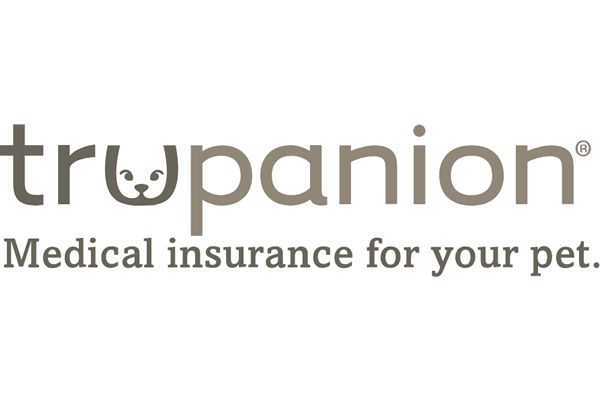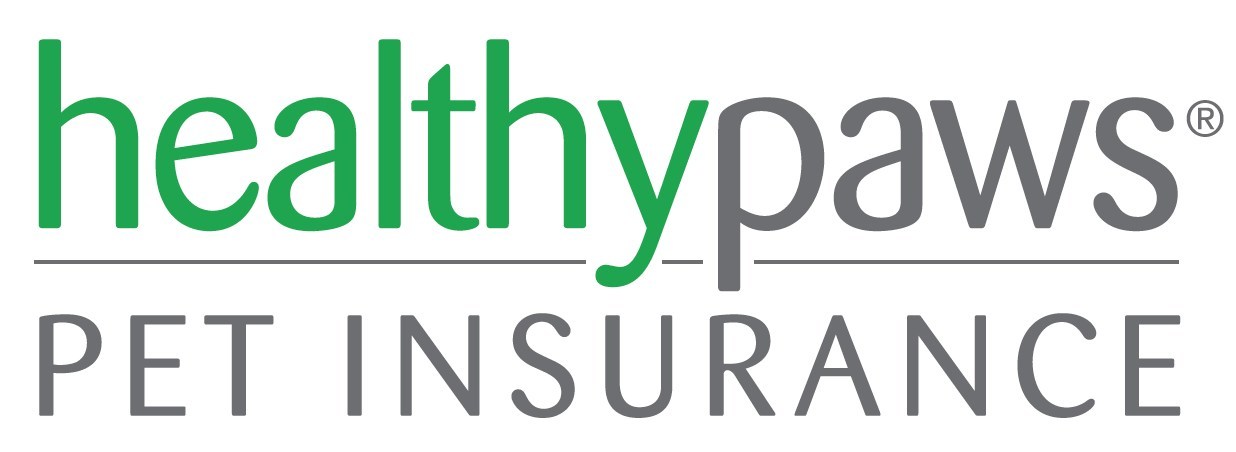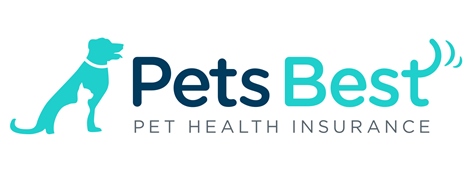
Table Of Contents
- Most pet insurance works on a reimbursement model meaning you pay upfront and get reimbursed from the insurance company later
- There are a few pet insurance options on the market offering a direct-to-vet payment model
- Pet insurance that offers a direct-to-vet payment model can lower your upfront out-of-pocket costs significantly
- The claims process for pet insurance with direct-to-vet payment is different than standard pet insurance and typically requires preauthorization
Pet Insurance That Pays The Vet Directly
Pet insurance can help you save significantly on veterinary bills, especially when your pet has an unexpected accident or illness, but some owners find the reimbursement model to be difficult. Sometimes you don’t have the means to pay upfront and wait for reimbursement. That’s where direct-to-vet payment pet insurance comes in.
Reimbursement vs Direct-To-Vet Payments
The majority of pet insurance plans on the market work on a reimbursement model. In a reimbursement model, your pet insurance will require you to pay veterinary bills upfront and then file a claim for reimbursement.
You’ll typically have to collect a receipt for expenses, your pet’s medical records relating to the visit, and then file a claim with your pet insurance company. Once your claim is reviewed and approved, payment will be reimbursed to you by the insurance company.
A direct-to-vet payment model works differently and there are only a few plans on the market that offer it. In this model, you don’t have to worry about paying vet bills upfront. You’ll likely only need to pay a portion of the bill, or, a copay, upfront. The remaining bill will then be paid to the veterinary hospital directly by the insurance company, similar to how human health insurance works.
There is still a claims process with a direct-to-vet payment model but it’s usually done upfront, in the form of a preapproval. In order to facilitate claims with a direct-to-vet payment option, you’ll need to make sure that your veterinary hospital is set up for this billing feature. Every direct-to-vet pay insurance company has a different billing process, sometimes including special software your veterinarian must have.
If you own one of the 4 million pets insured in the U.S. (NAPHIA statistics), then you’ve taken a great step in responsible pet ownership. However, vets bills can be costly, and there’s no point in having a reimbursement model of insurance if you won’t be able to afford the initial treatment cost and then wait for your money to be paid back. Opting for a policy which offers a direct claim can provide financial security for you as well as ensuring necessary medical care for your pet is always within reach.
Direct Payment: Pros and Cons
| Pros | Cons |
|---|---|
| You won’t have to worry about making medical decisions based on cost and can just make decisions quickly for your pet | Not all vets support direct payment |
| You won’t have to pay the entire bill upfront | You’ll probably be asked to fill in a lot of paperwork upfront to make direct payment possible |
| More money can remain in your bank account and savings | There might be limitations from the pet insurance companies on which vets you can visit |
the best rates on pet insurance
Unlimited claims, No credit checks, No upper age limit & Multiple pet discounts
Which Pet Insurances Pay The Vet Directly?
- Trupanion
- Healthy Paws
- Pets Best
- Paw Protect
There are only a handful of pet insurance companies on the market that offer direct-to-vet payment options.
Trupanion

Show More Details
Trupanion is one of the top-rated and most commonly used pet insurance companies offering direct-to-vet payment. They offer excellent coverage and an electronic billing system known as Trupanion Express for a fast and easy checkout at the veterinary office.
Pros:
- Zero deductible costs.
- Reimbursement rates that you can adjust, spanning from 50% to 100%.
- Your pet aging doesn’t lead to an increase in Trupanion’s insurance premiums.
- If your vet uses Trupanion’s software, you can pay the vet directly.
- Absence of long hold-ups for certain ailments like cruciate ligament complications or hip dysplasia.
Cons:
- A 12-day interval before your insurance kicks in; some competitors commence coverage sooner.
- Veterinary examination charges aren’t included.
- No routine care plan available.
For further reading, see our full review of Trupanion pet insurance.
Additional Details
While Trupanion is one of the most widely accepted forms of direct-to-vet pay insurance, their form of billing is not available at every veterinary hospital. You can check their website for a list of veterinarians in your area that accept Trupanion. If your vet is not in Trupanion’s billing network, you can still file claims under the traditional reimbursement model.
Healthy Paws

Show More Details
Healthy Paws offers a direct-to-vet payment option for situations when treatment is needed right away and a pet owner cannot cover the upfront cost.
Pros:
- Competitive pricing.
- No caps on yearly claims.
- Offers a round-the-clock pet health line.
Cons:
- Deductible and reimbursement options are influenced by pet age and undisclosed factors; specifics require a quote.
- No provisions for wellness or regular check-ups.
- A year-long wait for hip dysplasia coverage, with exclusions for pets aged 6 and above.
- Doesn’t cover vet exam fees for illnesses or accidents.
For further reading, see our full review of Healthy Paws pet insurance.
Additional Details
There is a claims process that will involve the pet owner contacting the company to request an expedited approval. A claims representative will then review the case and work with both the veterinary hospital and the pet owner on an agreement.
Pets Best

Show More Details
Pets Best offers a direct payment option for any claim as long as the veterinary hospital signs off on it. There is a release form that must be completed by a representative of the veterinary hospital accompanied by the claim.
Pros:
- Adaptable Plans: Pets Best presents an array of coverage choices, deductibles, and reimbursement levels.
- No Age Restrictions: All pets qualify, and Pets Best won’t terminate coverage based on age, unlike some competitors.
- Fast Digital Claims: An efficient and straightforward online claims submission is at your disposal.
- Veterinary Support Line: Members can speak with vet experts anytime via the 24/7 Pet Helpline.
- Emergency Direct Payment: An option for direct vet payment during emergencies, greatly reducing upfront costs.
Cons:
- Extended cruciate injury waiting period: Pets Best has an extended 6-month waiting period for cruciate ligament injury coverage.
- Enrollment Age Minimum: A starting age of 7 weeks is mandatory for Pets Best policy registration.
For further reading, see our full review of Pets Best pet insurance.
Additional Details
Once a claim is filed, reimbursement to the veterinary hospital typically occurs within five business days. Not every veterinary hospital will accept this type of third-party billing so it’s best to check ahead of time whenever possible.
Paw Protect

Show More Details
Paw Protect offers an innovative new way to do direct-to-vet payments by issuing their policyholders a virtual credit card to pay vet bills upfront. The card works just as any other credit card and is accepted by any veterinary office that takes Visa.
Pros:
-
- $2,000 Credit Line: Members receive a virtual credit card to manage vet or emergency clinic bills. Using insurance claims, they can repay this credit, though deductibles and copays remain their responsibility. An option to pay off deductibles and copays over 12 months without interest is available.
- Comparable to Embrace: Features and costs align with Embrace’s top-tier plan.
- Diverse Deductibles: Numerous deductible choices available.
- Vet Fee Coverage: Vet fees for sickness and accidents are included.
- Prompt Accident Protection: Just a 2-day wait for accident insurance.
- Wellness Add-on: Option to integrate a wellness plan.
- Continuous Telehealth Support: 24/7 vet telehealth line as part of the package.
- Cons:
- Orthopedic Wait Time: 6-month wait for orthopedic issue insurance, although this can be bypassed with a post-purchase orthopedic check-up for the pet.
Additional Details
A claim must still be filed after the visit and the policyholder is responsible for paying back any uncovered costs. The Paw Protect virtual Visa is good for up to a $5,000 line of credit with 0% interest for 12 months for any remaining balances.
What To Look For In A Direct-To-Vet Payment Insurance Plan
In order to reap the full benefit of a direct-to-vet payment insurance policy, the most important thing to do is make sure your veterinarian accepts it. This will help lower your upfront out-of-pocket veterinary costs.
With companies like Trupanion, you can easily look up veterinary hospitals in their network online but others will require more research or a conversation with your vet’s billing department.
Unfortunately, it’s emergency situations where pet owners usually find the most difficulty in paying upfront costs. When enrolling in a direct-to-vet payment insurance plan, it’s a good idea to scope out local veterinary emergency rooms ahead of time to see which ones accept your plan. In the event your pet has an unexpected injury or illness, you’ll know exactly where to go and how you’ll pay for it!
How Direct Vet Pay Benefits You and Your Pet
Choosing a pet insurance plan that offers direct vet pay comes with several advantages:
Immediate Relief
You’re not required to pay the full cost at the time of service, easing your financial burden.
No Reimbursement Wait
Eliminate the waiting period for reimbursement, which can be crucial if you’re facing a large vet bill.
Streamlined Process
Some insurers, like Trupanion, offer quick payment at the time of checkout if the vet has the necessary software, simplifying the claims process.
Pet Insurance Providers with Direct Vet Pay
Several pet insurance companies provide direct vet pay, each with its own process. For example, Trupanion pays the vet at checkout, while Pets Best requires a signed reimbursement release form and processes the payment after claim approval. It’s important to understand each provider’s method to choose the best fit for your needs.
What to Watch Out For
Not all veterinarians accept direct payments from insurers, and some insurance companies require specific conditions to be met for direct vet pay. Always confirm with your vet and read the fine print of your insurance policy to ensure you can utilize this feature.
Alternatives to Consider
If direct vet pay isn’t available to you, consider other options like a virtual Visa card with a credit line for vet expenses, offered by companies like Paw Protect. This can provide immediate access to funds without the need for a traditional credit check.
Further reading? Check out our guide on if pet insurance is worth it.
the best rates on pet insurance
Unlimited claims, No credit checks, No upper age limit & Multiple pet discounts
Find out more
- Best Pet Insurance for Multiple Pets – Solutions for insuring all your pets under one plan.
- Pet Insurance Worth It? – Evaluating the investment in your pet’s health care.
- What Does Pet Insurance Cover? – Detailed information on coverage inclusions.
- List of Pet Insurance Companies – Overview of companies offering direct vet payments.
- Does Pet Insurance Cover Vaccinations? – Find out about preventive care in pet insurance.
- Healthy Paws Pet Insurance Review – Explore the features of Healthy Paws insurance.
- Pets Best Review – Information on Pets Best’s direct payment services.
- Spot Review – Consider Spot for straightforward insurance claims.










